Lake San Antonio Reservoir Report
Nearby: Nacimiento Las Tablas Creek
Last Updated: January 2, 2026
Lake San Antonio is a reservoir located in Monterey County, California.
°F
°F
mph
Wind
%
Humidity
Summary
The lake was created in 1965 by the construction of the San Antonio Dam on the San Antonio River. The dam was built primarily for water storage and flood control purposes. The lake's hydrology is primarily fed by the San Antonio River, which is sourced by the Nacimiento River and the San Antonio Creek. The lake's water levels are influenced by snowpack from the surrounding mountains, as well as surface flows from the river and creek. The lake is used for both agricultural purposes and recreation, including boating, fishing, and camping. The lake has also been used for water supply for nearby communities.
Reservoir Details
| Storage 24hr Change | -0.14% |
| Percent of Normal | 276% |
| Minimum |
15,257.0 acre-ft
2021-10-13 |
| Maximum |
277,990.0 acre-ft
2024-05-18 |
| Average | 98,140 acre-ft |
| Dam_Height | 202 |
| Hydraulic_Height | 180 |
| Drainage_Area | 353 |
| Year_Completed | 1965 |
| Nid_Storage | 350000 |
| River_Or_Stream | San Antonio River |
| Primary_Dam_Type | Earth |
| Surface_Area | 5720 |
| Hazard_Potential | High |
| Dam_Length | 1433 |
| Nid_Height | 202 |
Seasonal Comparison
Storage Levels
Pool Elevation Levels
Top Conserv Storage Levels
Inflow Levels
Weather Forecast
Nearby Streamflow Levels
Dam Data Reference
Condition Assessment
SatisfactoryNo existing or potential dam safety deficiencies are recognized. Acceptable performance is expected under all loading conditions (static, hydrologic, seismic) in accordance with the minimum applicable state or federal regulatory criteria or tolerable risk guidelines.
Fair
No existing dam safety deficiencies are recognized for normal operating conditions. Rare or extreme hydrologic and/or seismic events may result in a dam safety deficiency. Risk may be in the range to take further action. Note: Rare or extreme event is defined by the regulatory agency based on their minimum
Poor A dam safety deficiency is recognized for normal operating conditions which may realistically occur. Remedial action is necessary. POOR may also be used when uncertainties exist as to critical analysis parameters which identify a potential dam safety deficiency. Investigations and studies are necessary.
Unsatisfactory
A dam safety deficiency is recognized that requires immediate or emergency remedial action for problem resolution.
Not Rated
The dam has not been inspected, is not under state or federal jurisdiction, or has been inspected but, for whatever reason, has not been rated.
Not Available
Dams for which the condition assessment is restricted to approved government users.
Hazard Potential Classification
HighDams assigned the high hazard potential classification are those where failure or mis-operation will probably cause loss of human life.
Significant
Dams assigned the significant hazard potential classification are those dams where failure or mis-operation results in no probable loss of human life but can cause economic loss, environment damage, disruption of lifeline facilities, or impact other concerns. Significant hazard potential classification dams are often located in predominantly rural or agricultural areas but could be in areas with population and significant infrastructure.
Low
Dams assigned the low hazard potential classification are those where failure or mis-operation results in no probable loss of human life and low economic and/or environmental losses. Losses are principally limited to the owner's property.
Undetermined
Dams for which a downstream hazard potential has not been designated or is not provided.
Not Available
Dams for which the downstream hazard potential is restricted to approved government users.
Area Campgrounds
| Location | Reservations | Toilets |
|---|---|---|
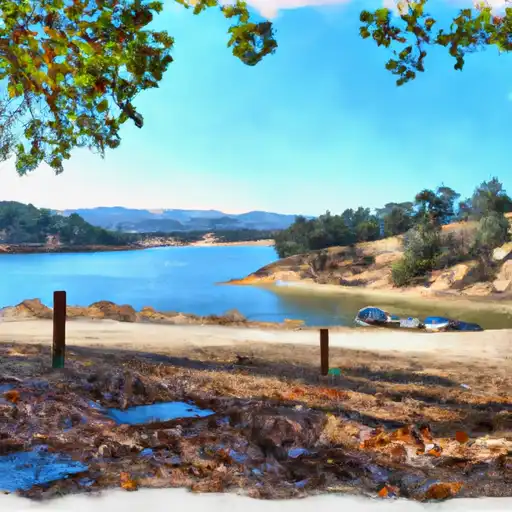 Lake Nacimiento
Lake Nacimiento
|
||
 Eagles Ridge Campground
Eagles Ridge Campground
|
||
 Pine Knoll Campground
Pine Knoll Campground
|
||
 Oak Knoll Campground
Oak Knoll Campground
|
||
 South Shore San Antonio
South Shore San Antonio
|
||
 Quails Roost Campground
Quails Roost Campground
|

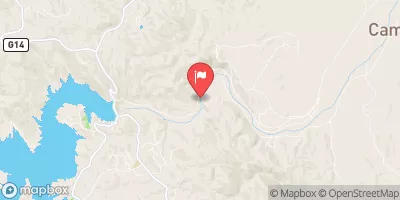

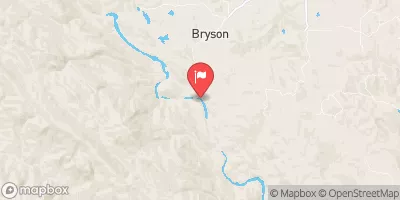
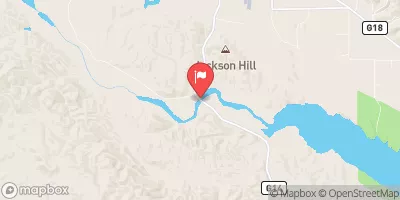
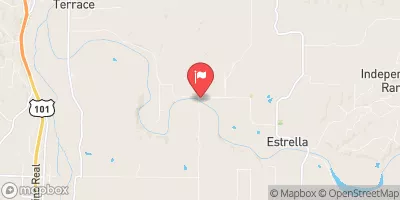
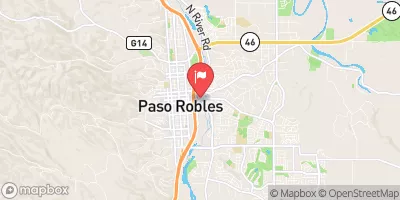
 San Antonio
San Antonio
 Lake San Antonio
Lake San Antonio
 Nacimiento
Nacimiento
 Resort Drive San Luis Obispo County
Resort Drive San Luis Obispo County